Unveiled: the world’s largest Victorian gasworks in Bromley-by-Bow
While it may look to be a derelict brownsite, the Bromley-by-Bow Gasworks were industry giants in their day. We take an historical tour of our Bow behemoths.
When the first foundations were laid over 150 years ago for these functional cast iron structures that towered like an austere factory manager over the industrial East End, it was probably unfathomable to the Bromley-by-Bow Gasworks’ engineers, designers, and builders they would hold the attention and affection that they have today.
Designed by engineers Joseph Clark and Thomas Kirkham, the Bromley-by-Bow Gasworks were built by the Imperial Gas Light & Coke Company between 1870 and 1875. The company was set up in the early 19th century and expanded by taking over several smaller companies, including Whitechapel Road Gas Light and Coke Company in 1825 which had works at Bow. Its buying out of smaller companies soon bit back, and it was bought over by the (very similarly named) Gas Light & Coke Company in 1876.
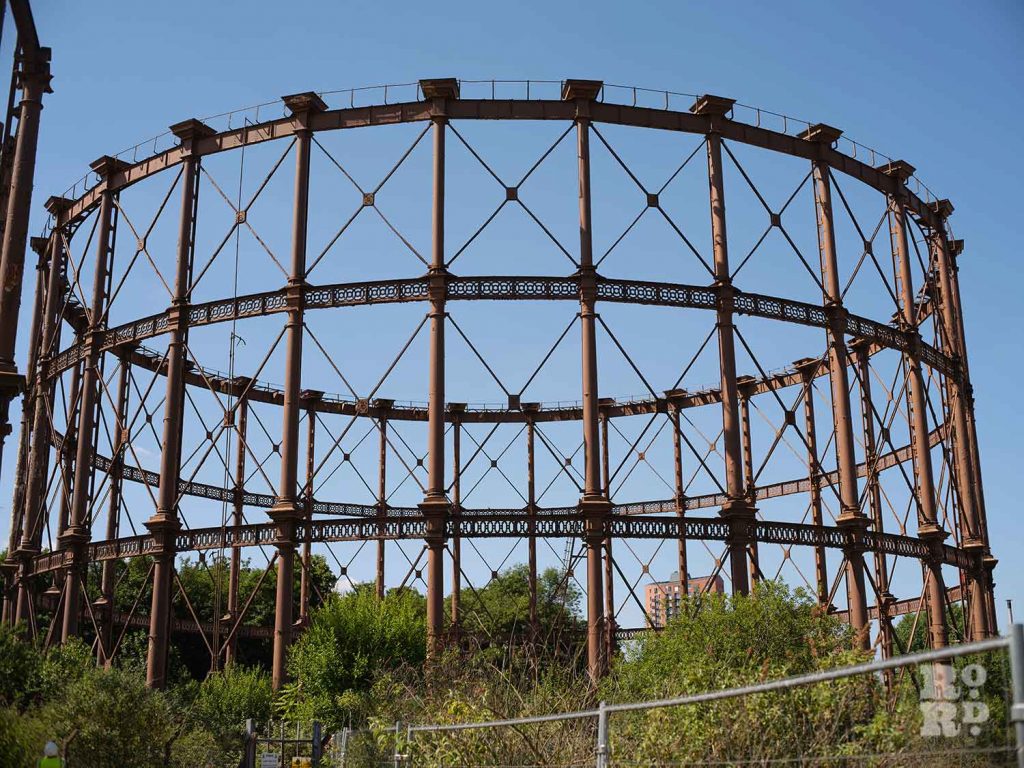
Eight gasworks were originally built on a 65 hectare plot of land on the left bank of the River Lea and on the opposite side of The Three Mills. Their intricate ironwork and lengthy columns were taken from the neo-classical Doric and Corinthian column design, which was favoured by the Victorians who often looked to Ancient Greece and Rome for both practical engineering guidance as well aesthetic inspiration.
Standing at almost 25m high and 62m wide, these imposing structures were giants of the East End’s skyline, with only churches’ spires and cathedrals’ domes out-competing them.
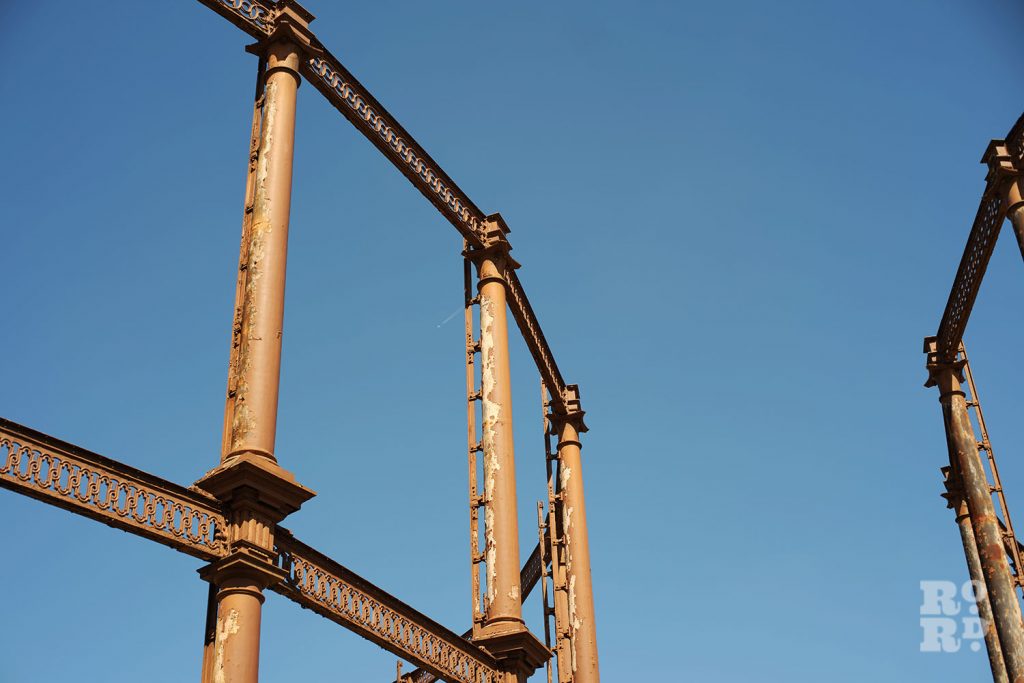
The group of eight stood together for almost seventy years until they were deliberately targeted on 15 September 1940. This day has since become known as Battle of Britain Day. With clear skies in the early autumn morning and afternoon, the Luftwaffe attacked the city in one of the largest and most sustained bombing raids Londoners had endured. Despite this attack, only one gaswork fell and all that remains of this former behemoth is now just a water-filled pit.
While there seems to be some confusion as to when the gasworks ceased production, with years ranging from 1960 to the mid-1970s, according to Historic England, the gasworks closed in 1976.
Thought to be the largest remaining group of Victorian gas holders in the world, it went on to secure the gasworks’ status to become grade II listed in 1984.
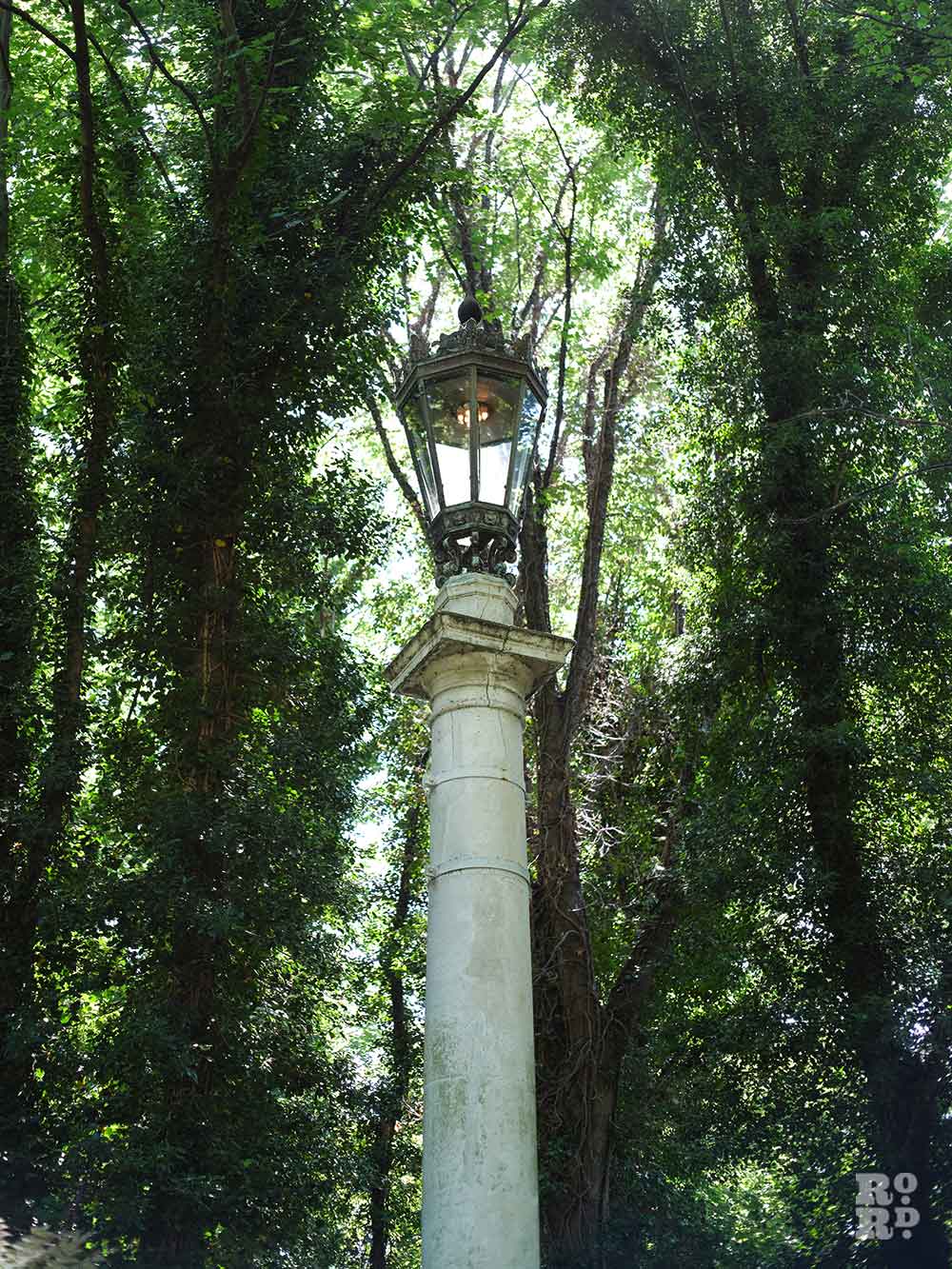
While much of the rest of the site has now been covered by industrial units, the works’ administrative building survives as does a memorial garden to remember the workers who died in the two world wars. Rather poignantly, to the right of the memorial, a large gas lamp burns continuously.
There is also a bronze statue dedicated to Sir Corbet Woodall. Bedecked in academic attire and a pair of glasses in his right-hand to add an extra layer of bookish intellect, he is the epitome of an erudite Victorian gentleman. Sir Woodall was one of the leading engineers at the turn of the century and rose through the company’s ranks to become the Governor of the company in 1906. By this time, it was the largest gas company in the world.
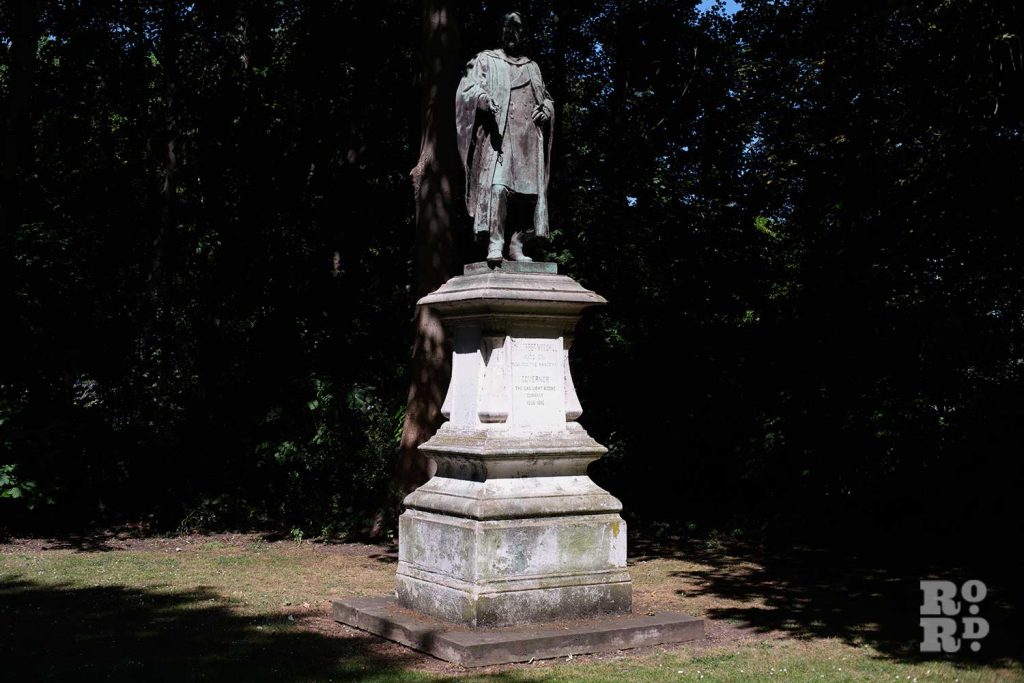
As for the future of the site, building developers St William is at the beginning of developing plans to turn the former gasworks into a site for new homes.
What is certain, however, is that many people hold deep affection for these Victorian structures; they are by our side on our daily canal walks with friends, family, and pet pooches. They are an ever present backdrop in our marches to work and weary commutes home. As the artist Marc Gooderham commented on such iconic structures: ‘When the light shines through the gas holders by the canal, that’s part of people’s lives.’
And so, these rusty-reddish brown structures that stand proud like old grand dames, are still highly visible reminders of our industrial past.
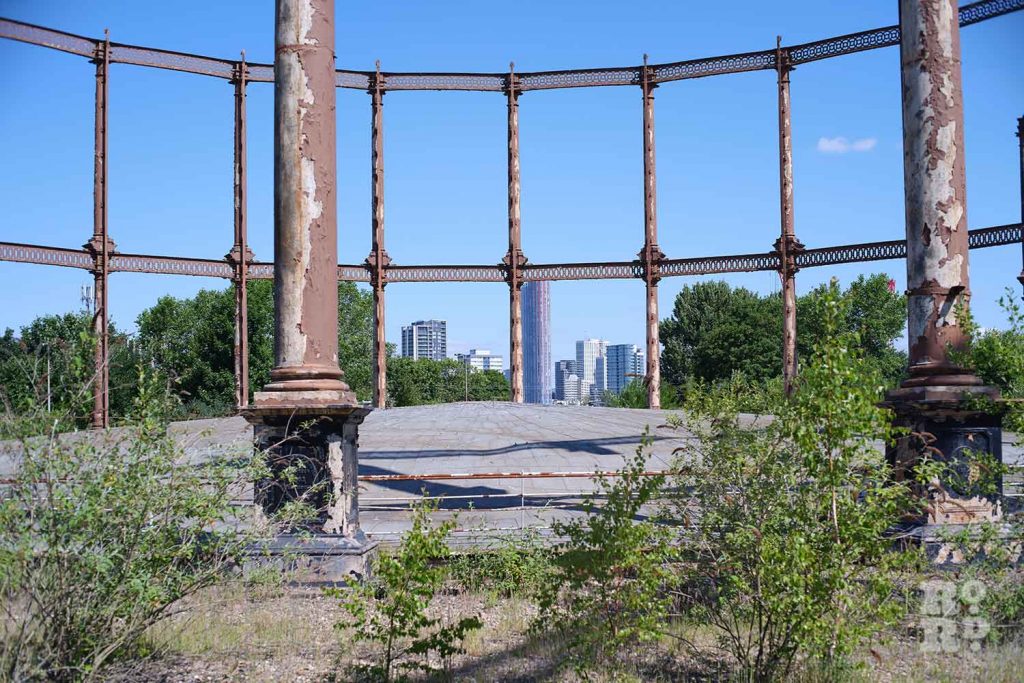
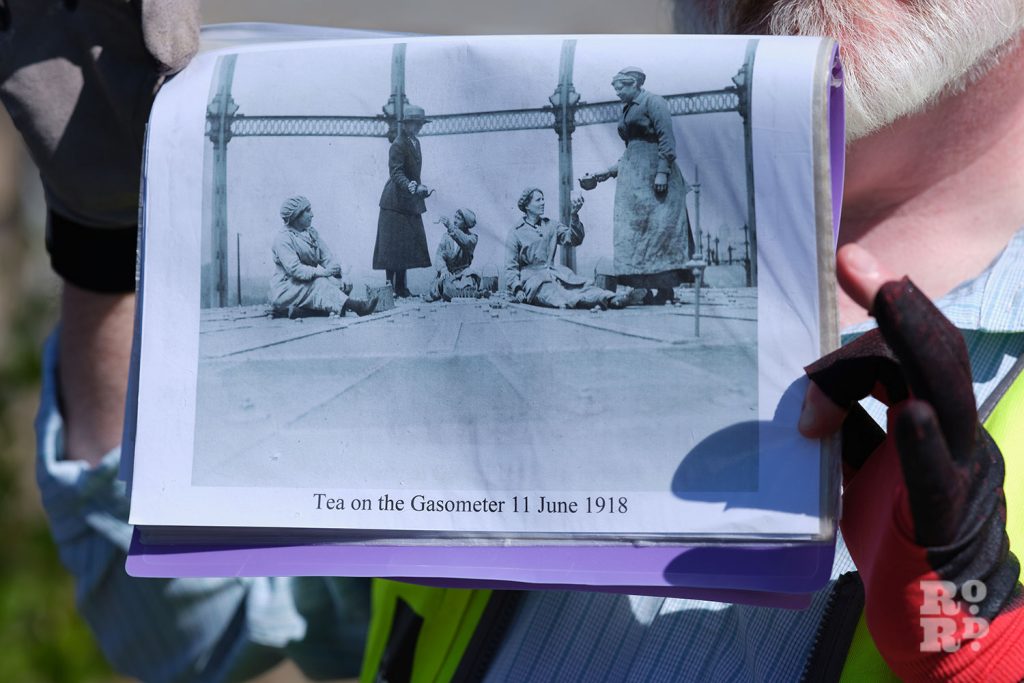
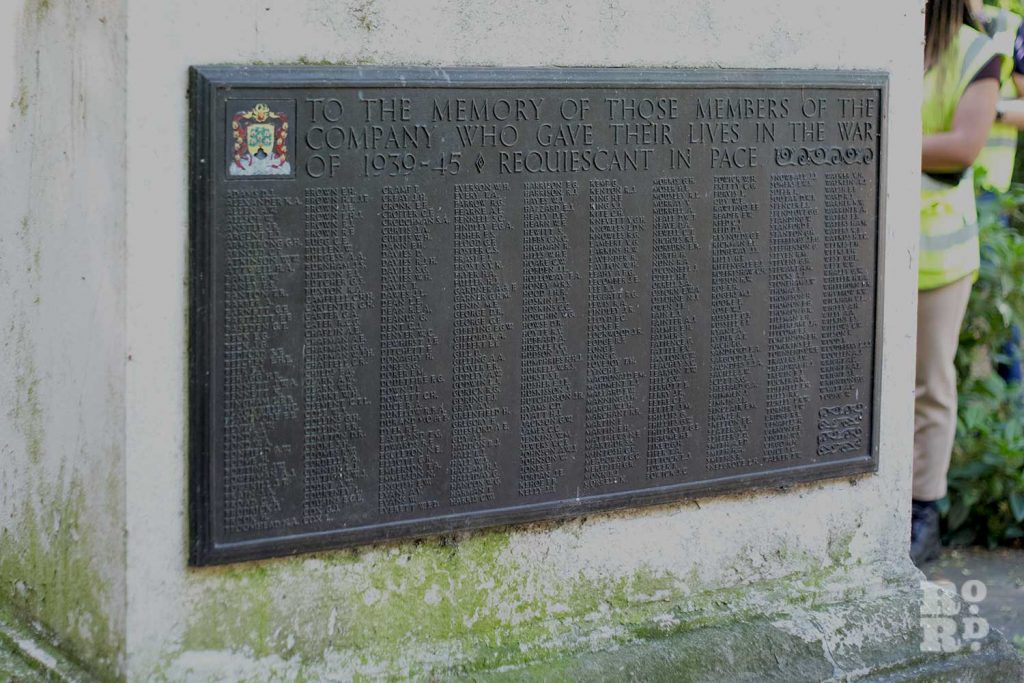
If you enjoyed this article, then read our piece on the history of Grove Hall Park.

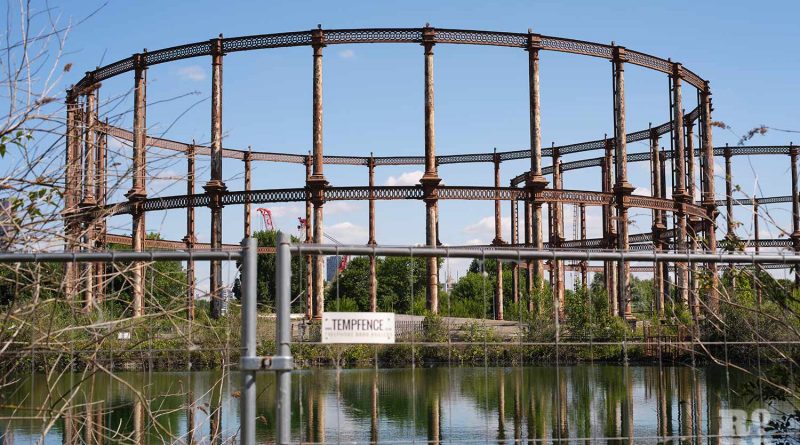



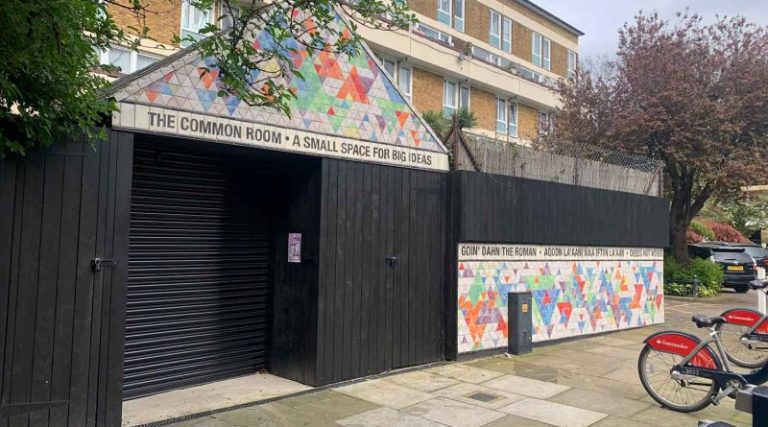



Fascinating! The article is somewhat misleading though when it states “While the future of the site is uncertain, talks have been going on to turn the site into a new park along the River Lea.”. The reality is that a property developer now owns the site and is proceeding with design work ahead of submitting a planning application to build many flats on the site. You already know this given it was the property developer that gave you access to the site as part of the tours they have been running over the last week or so, so it seems a strange omission from the article.
Thanks Matt and you are correct re the future of the site – just double checking before adding that which I need to do now! Will be updating shortly. Many thanks again, Victoria